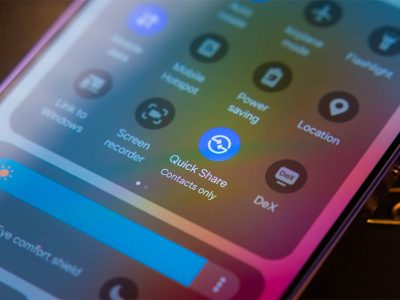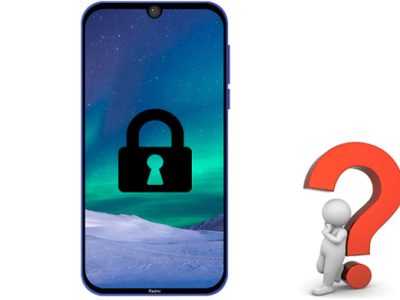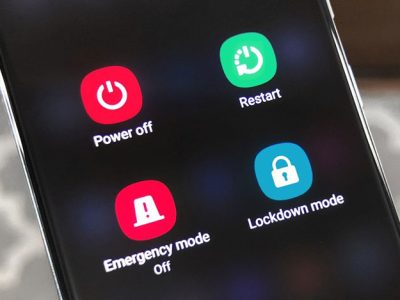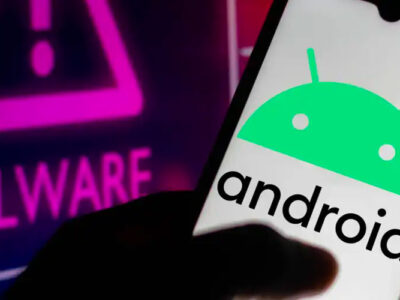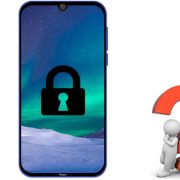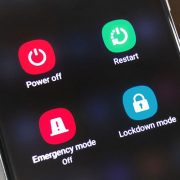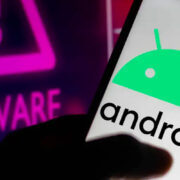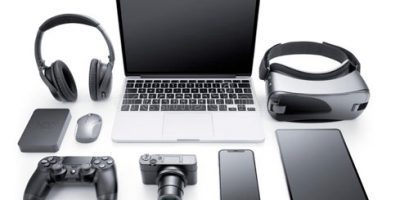
Soon, Apple devices will not be the only ones that allow for simple connections.
Google is releasing yet another new feature to make switching between all of your Android devices a little easier. According to the CES announcement, Media Notifications will allow you to transition audio content from your car to your phone, headphones, phone, and smart home devices based on proximity. It’s Google’s latest attempt to bring the Android ecosystem up to par with Apple’s in terms of connectivity and device cohesion.
Apple’s products’ seamless connectivity has helped it become the world’s second-largest smartphone manufacturer as well as the top seller of smartwatches and wireless earbuds. Google’s latest attempt to demonstrate that products do not have to be made by the same company to work together is the launch of Media Notifications. For years, Google has been working toward this goal by introducing features such as Phone Hub, Nearby Share, and Fast Pair. Additions like these are becoming increasingly important now that Android and iOS have established a stronger presence in our cars, ears, and wrists.
“This is an ongoing investment,” Erik Kay, Google’s vice president of Android engineering, told CNET ahead of CES. “We’ll get to the point where pretty much any feature that appears on a phone or a watch will inherently be a multi-device feature over time.”
Spotify and YouTube Music will be among the first to support Media Notifications. Google is also collaborating with Spotify to enable management of playback between Spotify Connect devices in Android 13’s new media player, which is another step toward improving consistency across Android devices.
Google has not stated when either of these updates will be available, nor has it stated which products will be compatible with Media Notifications. However, because the goal is to make switching between devices easier, Google says users won’t have to do much in the settings menu to enable Media Notifications. As you get closer to a compatible device, prompts should appear automatically.
“That all happens naturally through little nudges and prompts in the user interface,” Kay explained about Media Notifications.
Because it relies on signals from various sources such as Bluetooth and Wi-Fi, Media Notifications will not require ultra wideband, a connectivity protocol that has made its way into new premium smartphones over the last three to four years. According to Kay, it will likely work more accurately if you use a UWB-enabled device. Because UWB can perform precise proximity calculations, its inclusion in phones improves tasks such as file and content sharing between devices and digital car key functionality. It’s also the same technology that Apple employs to direct you to a misplaced AirTag.
“UWB is something we’re very excited about,” Kay stated. “But it’s one of those things that will take a long time to become truly ubiquitous in the market.”
Google’s announcements follow the gradual addition of new connectivity features to Apple’s ecosystem of iPhones, iPads, AirPods, Apple Watches, and Macs. In its most recent operating system updates, Apple, for example, added the ability to swap FaceTime calls between your iPhone, iPad, and Mac. When Apple introduced its miniature speaker in 2021, the ability to transfer audio from your iPhone to the HomePod Mini based on proximity was also a standout feature.
However, unlike Apple, Google is not using features such as Media Notifications to promote its first-party hardware. Instead, Google wants to make switching between Android devices feel consistent and simple, whether you’re using Google, Samsung, JBL, or any of its other partners’ products.
It’s a goal Google must balance with promoting its own Pixel devices, which account for only a sliver of the global smartphone market. You may be wondering why Google does not simply keep features like Media Notifications exclusive to its Pixel phones, Pixel earbuds, and Nest smart home devices to differentiate its devices in the Android landscape. That would certainly be one way for Google to emulate Apple’s ecosystem approach.
The answer is simple: These enhancements are only useful if they are available everywhere.
“Every feature you build is a network effect feature, so it depends on a wide range of devices supporting the feature,” Kay explained. “So if you build something and try to make it exclusive to one device, one partner, or even our first-party things, it won’t be as successful because there aren’t as many devices for it to work with.”
As smartwatches and wireless earbuds have grown more popular, phone makers like Apple and Samsung have increasingly focused on these ancillary products as complementary selling points for their smartphones. According to Counterpoint Research, global smartwatch shipments increased 13% year on year in 2022, while Canalys reports that true wireless earbuds were the only personal audio category to grow in the third quarter of 2022. Google is the latest smartphone manufacturer to jump on board, releasing its first smartwatch, the Pixel Watch, in October. Google also plans to release a new Pixel tablet next year.
It’s not just about making watches, earbuds, and smart home devices work better together. Some experts believe that accessories like these will play a big role in the smartphone’s future as annual phone upgrades feel incremental.
“The next quest for the smartphone is to figure out what it will connect to next,” Runar Bjrhovde, an analyst with market research firm Canalys, said in a separate interview. “Because the smartphone has not yet reached its full potential, but as a standalone device, I believe the smartphone is getting closer to the edge.”
Views: 341


